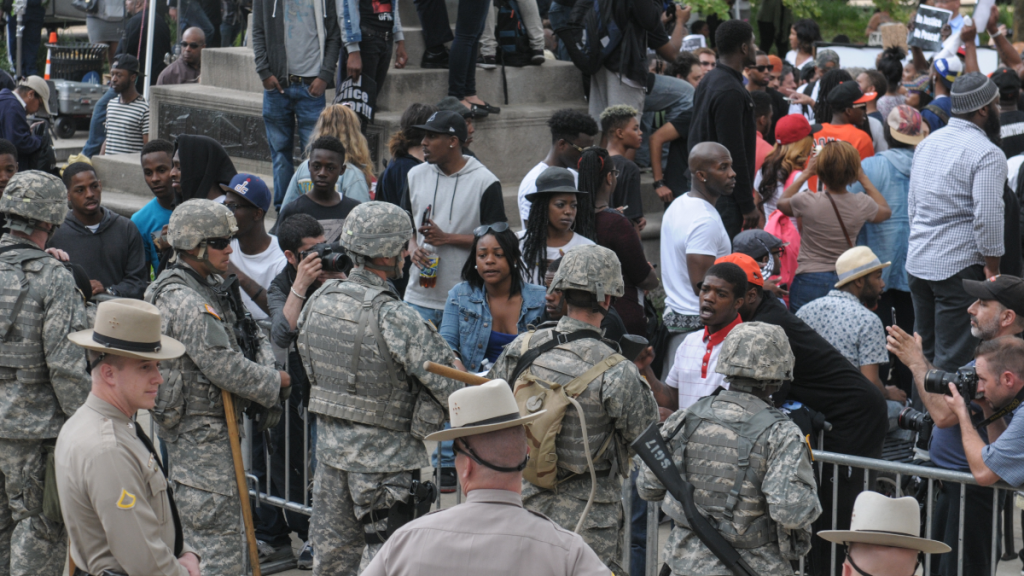Last month, we noted that a police officer in San Antonio was fired after he body slammed a 12-year-old girl. In addition to his excessive use of force, the officer in question failed to properly report the incident.
This case is a win for police accountability, but it’s also just one of the latest examples of excessive use of force by police officers.
Over the last few years, cases of people being injured or killed by police have brought national attention to the trends of police brutality and militarization which have increased over past decades.
Police brutality and excessive use of force is tied to the trend of militarization. Instead of viewing citizens as people to “protect and serve,” police have increasingly treated their communities as war zones and citizens as adversaries. In the words of Professor Abby Hall:
But what we’ve seen over time is that now the language and the type of tactics that were used once exclusively by the military have now worked their way into standard police practices.
So, we see things like police wearing battle dress uniforms or BDUs, the things with the camouflage on them, they’re wearing heavy Kevlar and bulletproof vests, they have high-powered rifles. And we also see other indications that this is a cultural kind of shift.
So, as opposed to referring to their neighborhood as a neighborhood, they refer to it as a battlefield, or they refer to it as a war zone. As opposed to saying these are the citizens, or these are the people in my district, they’re referring to them as combatants, or it’s an “us vs them” mentality as opposed to a “I’m protecting my community” mentality.“]
Learn more from Professor Hall about the history of police militarization in the video below.



